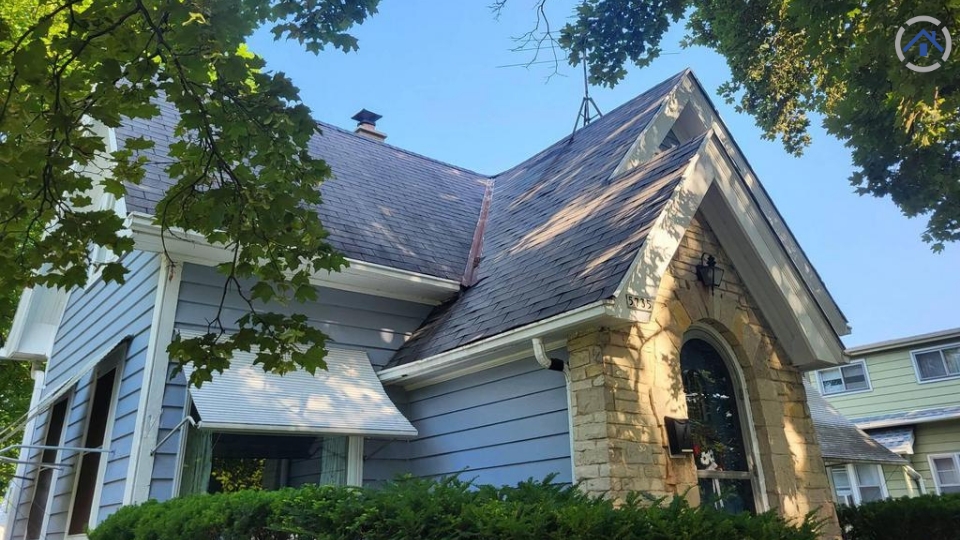
Introduction
Choosing the right roof color can have a significant impact on the energy efficiency of your home. In this blog post, we will explore the relationship between roof color and energy efficiency, providing valuable insights to help you make an informed decision. From understanding how different colors affect heat absorption to exploring energy-efficient roofing materials and sustainable design options, we'll cover all the essential aspects to guide you toward the best roof color for energy efficiency and roofing solution.
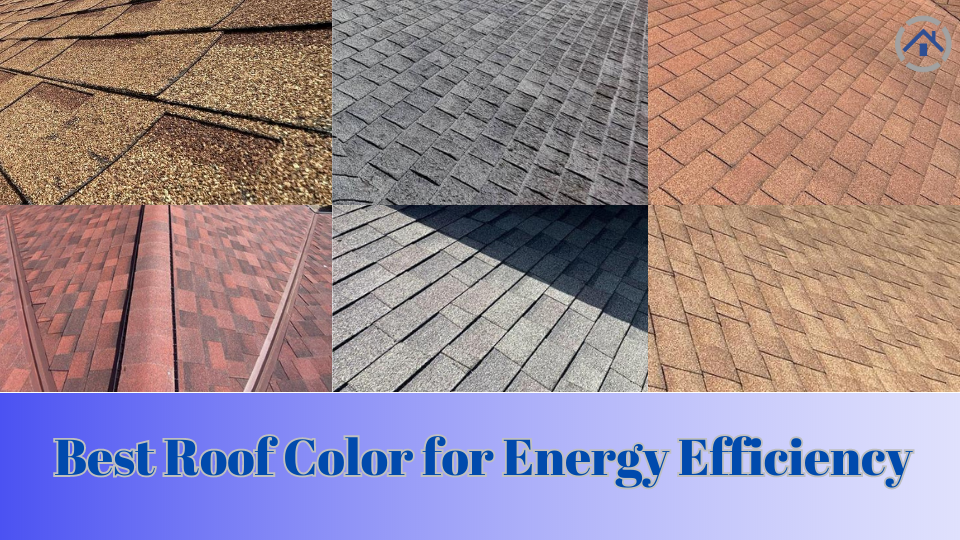
Regarding roof color and energy efficiency, color choice can directly impact your home's temperature and energy consumption. The color of your roof affects how it interacts with sunlight, either reflecting or absorbing heat.
Lighter Colors for Better Energy Efficiency: Light-colored roofs, such as white, beige, or light gray, have higher solar reflectance, meaning they reflect more sunlight away from your home. As a result, the interior of your home stays cooler, reducing the need for excessive air conditioning during the hot summer months.
Dark Colors and Heat Absorption: Conversely, darker roof colors, such as black, dark gray, or deep brown, tend to absorb more heat from the sun. This can lead to higher temperatures inside your home, especially in warm climates. Dark-colored roofs are more suitable for colder climates, where the additional heat absorption can help with heating during the winter.
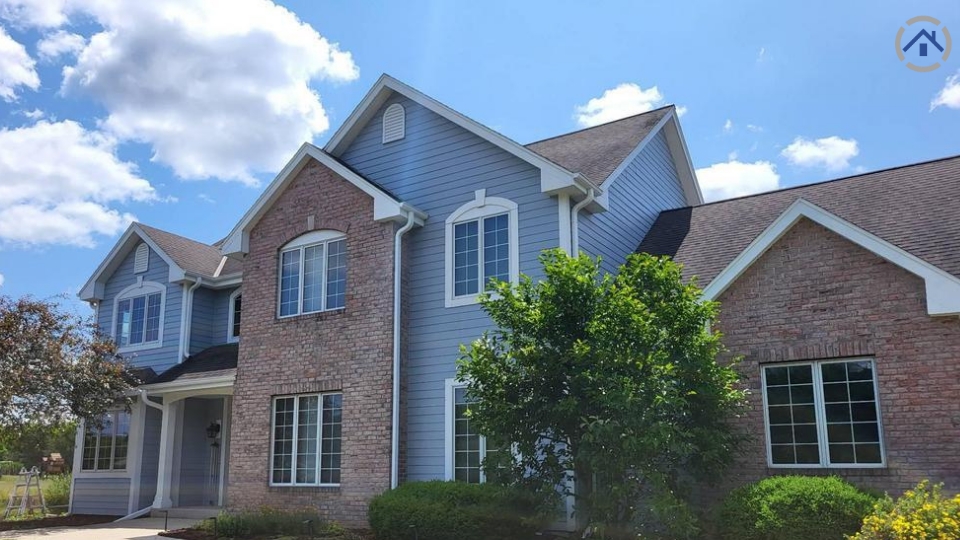
The climate plays a significant role in determining whether lighter or darker roof colors suit your home. Let's delve deeper into the considerations for both summer and winter climates:
Lighter-colored roofs are generally recommended in regions with hot summers and a greater need for cooling. Light-colored roofs, such as white, beige, or light gray, have higher solar reflectance properties. Solar reflectance refers to the ability of a material to reflect sunlight away from its surface. Here's why lighter-colored roofs are preferred in hot climates:
a) Reflecting Sunlight: Light-colored roofs reflect a significant portion of the sun's energy, reducing the heat entering your home. This helps to keep the interior cooler and reduces the reliance on air conditioning. By reflecting sunlight, these roofs can minimize heat gain and create a more comfortable living environment.
b) Lower Cooling Costs: When your home stays cooler naturally, you can rely less on air conditioning to maintain comfortable temperatures. This, in turn, can lead to lower energy consumption and reduced cooling costs during the hot summer months.
c) Mitigating the Urban Heat Island Effect: Light-colored roofs also mitigate the urban heat island effect. In urban areas with extensive pavement and buildings, temperatures tend to be higher compared to surrounding rural areas. By choosing light-colored roofs collectively, the urban heat island effect can be reduced, making cities more comfortable and energy-efficient.
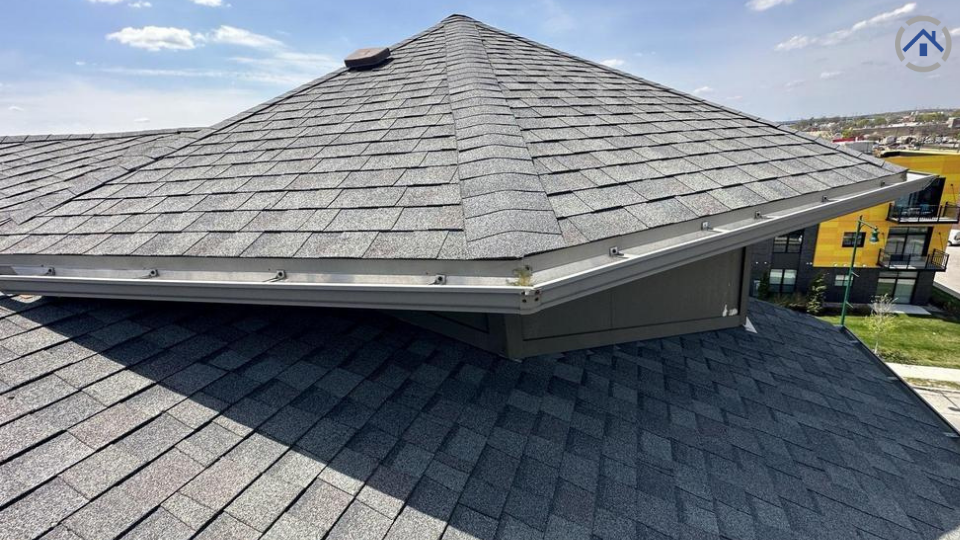
In colder climates where heating is a priority, darker-colored roofs can be beneficial. Dark-colored roofs, such as black, dark gray, or deep brown, absorb more heat from the sun. Here's why darker-colored roofs are suitable for winter climates:
a) Heat Absorption: In colder regions where you want to maximize heat retention, darker-colored roofs can help. They absorb a greater amount of sunlight, converting it into heat energy. This additional heat absorption can assist in warming the interior of your home during the winter months.
b) Complementing Heating Systems: Dark-colored roofs can work in synergy with heating systems, reducing the load on your heating system and potentially leading to energy savings.
It's important to note that while the color of your roof can influence energy efficiency, it is just one aspect to consider. Factors like insulation, ventilation, and overall building design also play critical roles in optimizing energy efficiency and maintaining comfortable temperatures throughout the year.
By understanding the specific climate considerations and tailoring your roof color choice accordingly, you can enhance your home's energy efficiency, reduce utility costs, and create a more comfortable living environment regardless of the season.
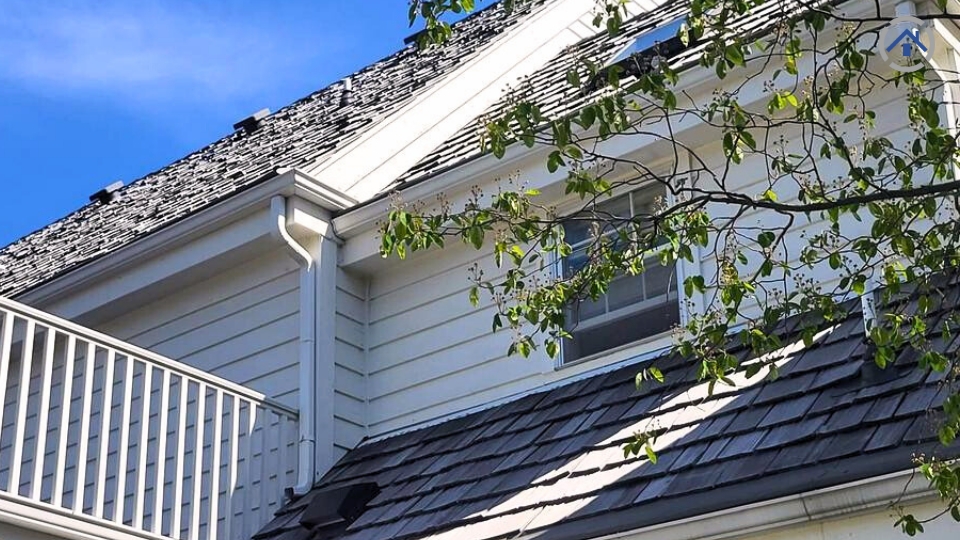
The choice of roofing material can also impact the energy efficiency of your roof. Consider the following examples:
PVC White Roofing: PVC (polyvinyl chloride) white roofing is known for its high reflectivity, durability, and energy efficiency. It has excellent solar reflectance properties, reducing heat transfer into your home. This can result in lower cooling costs and increased energy savings.
Black EPDM Roofing: EPDM (ethylene propylene diene terpolymer) roofing is a synthetic rubber material commonly used for flat or low-sloped roofs. While black EPDM roofing offers durability and water resistance, it absorbs more heat due to its dark color. This can increase cooling needs during hot weather.
Proper ventilation and insulation play crucial roles in maximizing the energy efficiency of your roof.
Proper Ventilation Systems: Adequate ventilation in your attic or roof space helps to expel hot air and promote airflow. This prevents heat buildup, reducing the strain on your cooling system and improving overall energy efficiency.
Proper Insulation: Effective insulation in your attic helps to regulate temperatures inside your home throughout the year. Insulation acts as a barrier, preventing heat transfer between your living spaces and the attic. This ensures that conditioned air stays inside during both hot summers and cold winters, reducing the need for excessive heating or cooling.
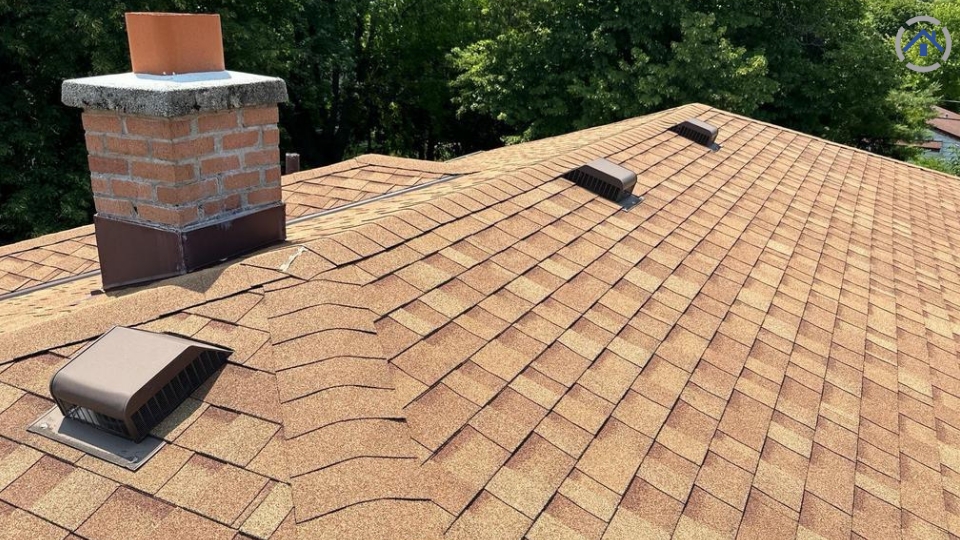
For those seeking a more sustainable roofing option, green roofs provide an energy-efficient and environmentally friendly choice.

Lighter-colored roofs generally offer better energy efficiency by reflecting sunlight and reducing heat absorption. However, it's crucial to consider your specific climate and heating/cooling requirements. Additionally, exploring energy-efficient roofing materials, proper ventilation systems, insulation, and sustainable green roofs can further enhance your home's energy efficiency.
By making informed choices and investing in energy-efficient roofing solutions, you can reduce your environmental footprint and enjoy long-term savings on your energy bills. Whether you opt for lighter roof colors, energy-efficient roofing materials, or sustainable green roofs, the right choice can contribute to a more comfortable and environmentally friendly home.